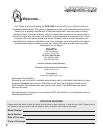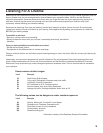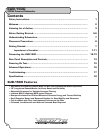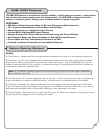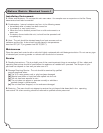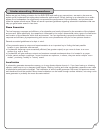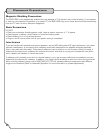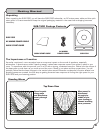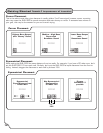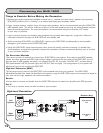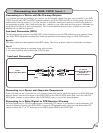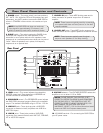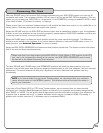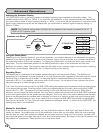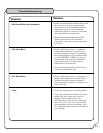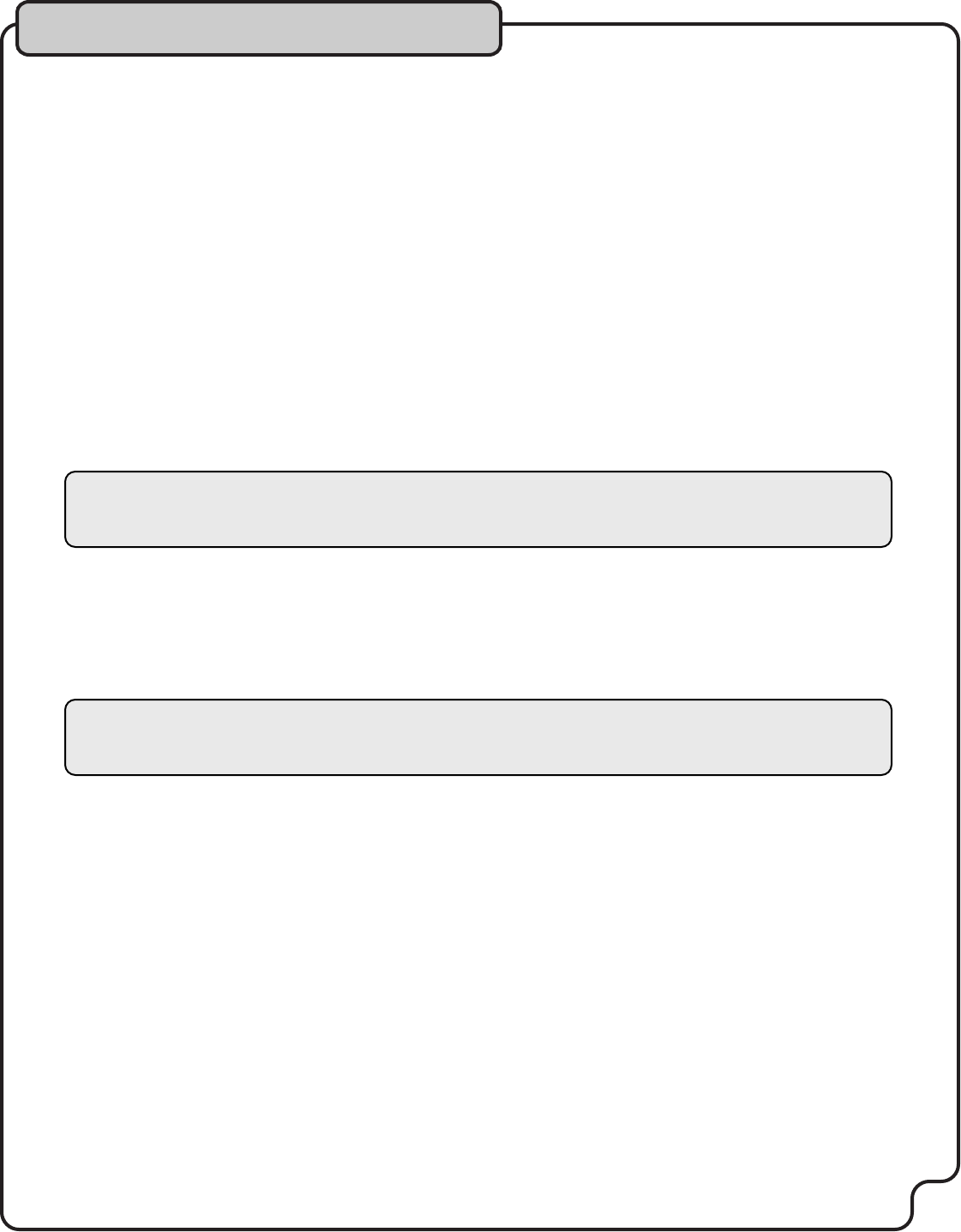
Powering On Test
NOTE: If you have a Dolby Pro-Logic Home Theater system, we recommend that your receiver's
center channel mode is in the NORMAL position. This will ensure that all low bass information is
sent to your subwoofer.
15
With the VOLUME control at minimum (fully counter-clockwise) plug your SUB-1500's power cord into any AC
compatible wall outlet. The red power indicator LED will stay on as long as the SUB-1500 is plugged-in. If for any
reason you do not want your SUB-1500 on, simply place it in AUTO-MODE by moving the switch to AUTO to have
it turn itself off after 10 minutes of inactivity, or unplug it.
Please ensure that your receiver's loudness control is off and that the bass tone control is in its middle (flat or no
boost) position. Now play some music with ample bass content.
Adjust the VOLUME level for the SUB-1500 so that the output level is satisfactory relative to your front speakers.
If either of your front speakers are not functioning properly, please postpone SUB-1500 installation until they are
in working order to ensure a correct first attempt.
Adjust the PHASE switch to determine which position sounds the most natural and powerful. The difference
should be most audible in the mid-bass. If you cannot detect a difference, leave the PHASE switch in the + (in-
phase) position. (see Advanced Operations for more on phase)
Adjust the SUB-1500's CROSSOVER and determine what position sounds best. This feature controls the output
level of the mid and lower bass frequencies.
The best VOLUME level, PHASE switch and CROSSOVER positions will mostly be determined by your room
acoustics, the mid and upper bass frequency response characteristics of your front speakers, and your personal
preferences. The source material will also play a significant role as its bass level and qualities may vary
considerably.
If you have a Dolby Digital (AC-3) or DTS Home Theater system, we recommend that you have correctly
configured your receiver's Bass Management System so that all of your speakers are properly categorized as
either SMALL or LARGE. This will ensure that all appropriate low bass information is sent to your subwoofer. As
a general rule, a speaker with an 8" or greater diameter woofer may be considered LARGE. Conversely, a
speaker with a woofer less than 8" in diameter may be considered SMALL
Please note that if you have hooked up the SUB-1500 to a Dolby Digital or DTS receiver via its LFE
jack, due to the low pass filter already in the receiver, the SUB-1500's CROSSOVER control would
be best left at the highest frequency (fully clockwise).



